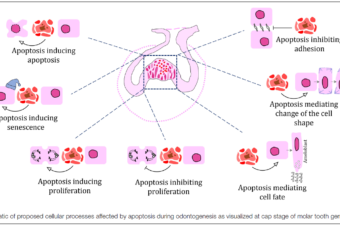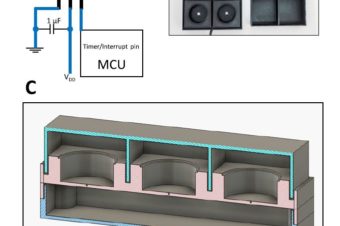It has been known for many years that in temperate climates the European honey bee,
Apis mellifera, exists in the form of two distinct populations within the year, short-living summer bees
and long-living winter bees. However, there is only limited knowledge about the basic biochemical
markers of winter and summer populations as yet. Nevertheless, the distinction between these two
kinds of bees is becoming increasingly important as it can help beekeepers to estimate proportion of
long-living bees in hives and therefore in part predict success of overwintering. To identify markers
of winter generations, we employed the continuous long-term monitoring of a single honey bee
colony for almost two years, which included measurements of physiological and immunological
parameters. The results showed that the total concentration of proteins, the level of vitellogenin,
and the antibacterial activity of haemolymph are the best three of all followed parameters that are
related to honey bee longevity and can therefore be used as its markers.
Similar Posts
Hypoxia/Hif1α Prevents Premature Neuronal Differentiation of Neural Stem Cells Through the Activation of Hes1
Stem Cell Res. 2020 May;45:101770 ABSTRACT: Embryonic neural stem cells (NSCs), comprising neuroepithelial and radial... Read More
WNT signaling inducing activity in ascites predicts poor outcome in ovarian cancer
High-grade serous carcinoma of the ovary, fallopian tube, and peritoneum (HGSC) is the deadliest gynecological... Read More
Role of Cell Death in Cellular Processes During Odontogenesis
Abstract: The development of a tooth germ in a precise size, shape, and position in... Read More
Pavel Hyršl about life of bees in the Czech television!
Pavel Hyršl as an expert on bees and their life gave an interview to the... Read More
Bioactive Excreted/Secreted Products of Entomopathogenic Nematode Heterorhabditis bacteriophora Inhibit the Phenoloxidase Activity during the Infection
Insects 2020, 11(6), 353; https://doi.org/10.3390/insects11060353 ABSTRACT: Entomopathogenic nematodes (EPNs) are efficient insect parasites, that are... Read More
LuminoCell: a versatile and affordable platform for real-time monitoring of luciferase-based reporters
Abstract: Luciferase reporter assays represent a simple and sensitive experimental system in cell and molecular... Read More





